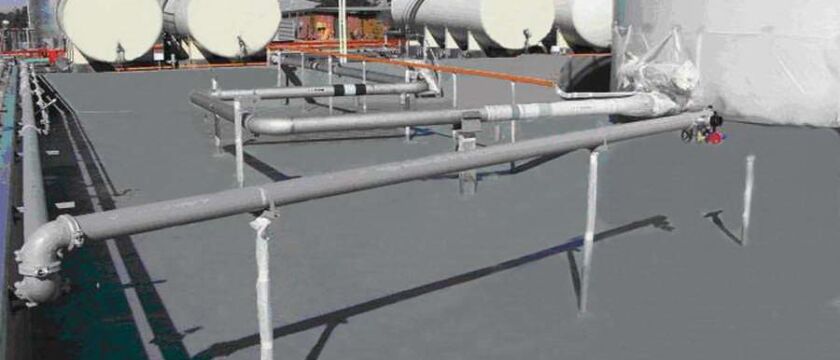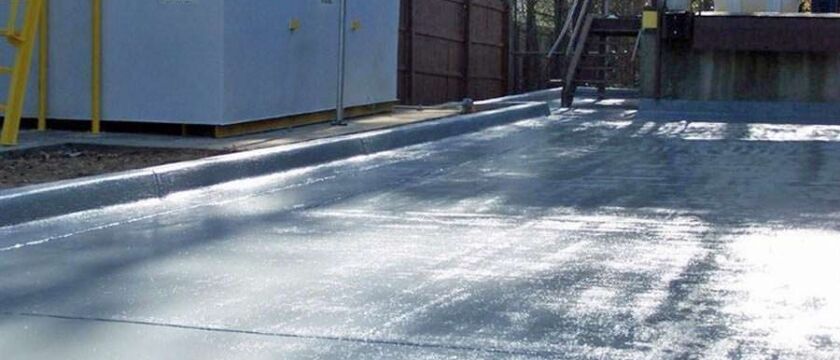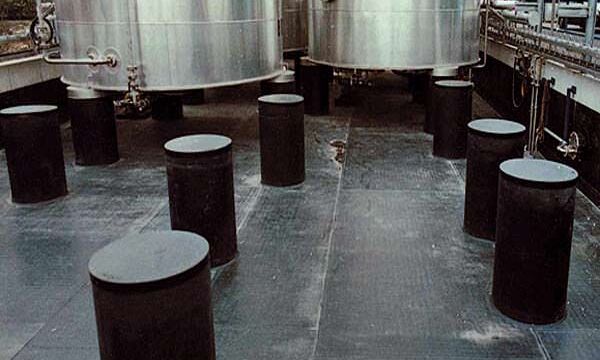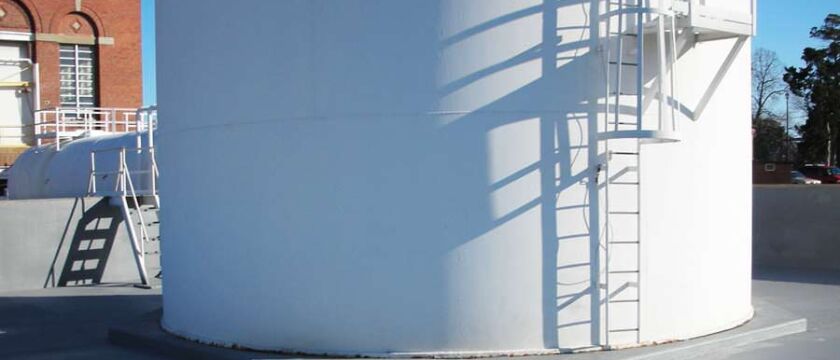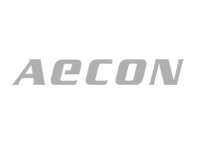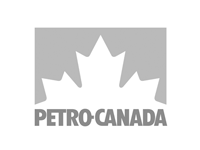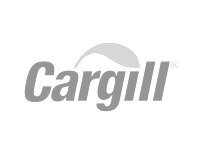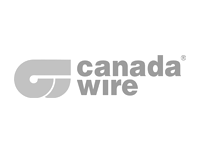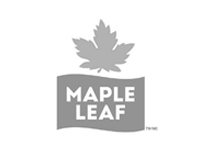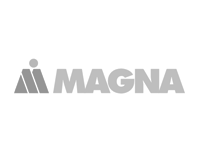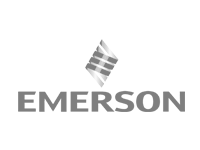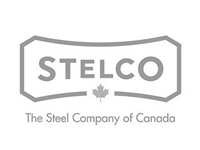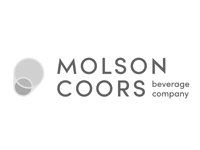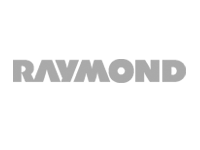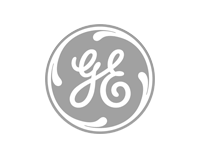Industrial Painting For Secondary Containment Areas & Tanks
Many products commonly stored in tanks require secondary containment to prevent accidental release of the material that may expose the public, operating personnel, or the environment to a hazardous material. Secondary containment systems can consist of a concrete containment area or a double-walled tank.
To protect the secondary containment cementitious surfaces from the deteriorating effects of the environment and prevent them from becoming ineffective, the surfaces should be prepared and coated with the appropriate secondary containment coating system.
Coating systems of epoxies, polyurethanes, and polyureas can be used to protect your secondary containment areas. Plural component products like polyurethanes and polurea coatings have the advantage of extremely fast coating turnaround times.
Induspray is a painting contractor specializing in coating secondary containment areas. Our experience with preparation using sandblasting, ultra-high-pressure washing, diamond grinding, and a wide range of other preparation methods allows us to use the most effective system for your needs.
When you are searching for a secondary containment coating and painting contractor, look to Induspray to fulfill your expectations. We have been servicing water treatment facilities, chemical plants and storage facilities, petrochemical facilities, oil refineries, power plants, pulp & paper plants and many other industries for over 4 decades.
Photo Gallery
Click to view some of our industrial painting projects for secondary containment areas and tanks.
Locations We Service
We are Toronto industrial painters serving Toronto, the GTA, Southern Ontario, Western Ontario, Eastern Ontario and parts of Northern Ontario.
Our territory includes:
Our Customers
We’ve been in business since 1975, serving over 4,875 satisfied clients while completing thousands of industrial and commercial painting projects. These are just some of our customers:
Your Project
Have questions about painting or recoating your secondary containment areas and secondary containment tanks? We can quickly assess your needs and make cost-effective recommendations. Contact us today — we’re here to help.
Start your project with expert advice and a great price.

